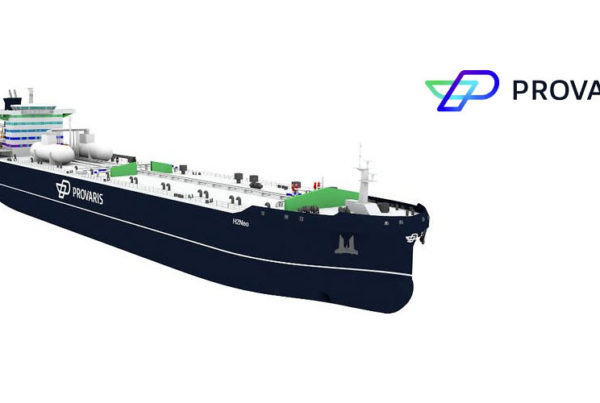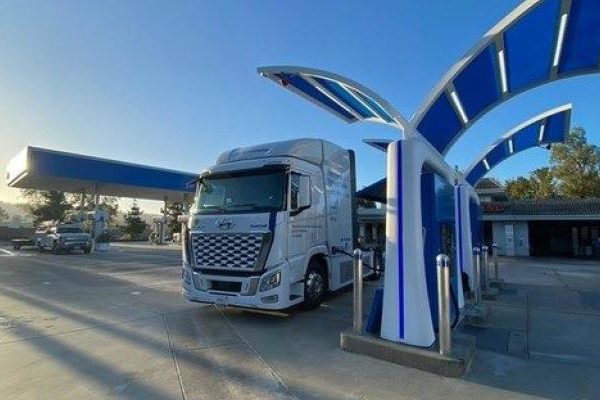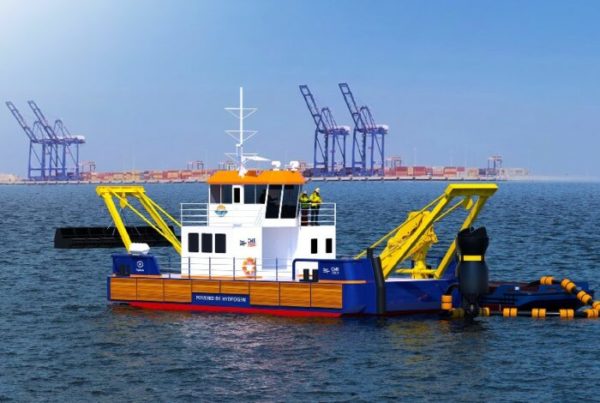
President Ferdinand “Bongbong” Marcos Jr. approved on Wednesday the plan of the Department of Energy (DOE) to explore and develop the country’s offshore wind potential as a source of sustainable energy.
Before leaving for Cambodia to attend the ASEAN Summit, Marcos met with and tasked DOE Secretary Raphael Lotilla and other energy officials to push through with the agency’s offshore wind energy production initiatives.
Marcos said the DOE should handle the regulatory functions to streamline coordination and simplify the approval process, as the agency proposed the creation of an Offshore Wind Development and Investment Council.
“It should be the Department of Energy who should be talking with the OSW developers, in consultation with the council, of course. It has to be led by the DOE,” Marcos said in a press release.
The council will be composed of various government agencies and will serve as a one-stop shop for OSW developers.
The DOE reported to Marcos that there are 42 approved offshore wind contracts with an indicated capacity of 31,000 megawatts (MW).
Lotilla said there is a strong interest from the private sector, especially from countries considered leaders in offshore wind technology such as Denmark, Norway, and the United Kingdom, in this project.
He also said the Philippines has the capacity to deploy 40 gigawatts of OSW electricity by 2050. He said the power that could be generated through OSW projects could be used to produce alternative fuels, such as green hydrogen.
“This is more than enough to cover the 500,000 MW projected peak demand the country will require by 2040 based on DOE’s medium- to long-term power outlook,” he said.
In an interview with reporters on his way to Cambodia, Marcos said the government must ensure having enough power amid rising fuel costs.
“Then there was the issue of course of the fuel cost. How we’re going to run the gas plants…? All of these things. How to find ways to ensure that we have power, we have enough power at least in the short term,” Marcos said.
Marcos said they also discussed ways to bring down the prices.
“In the long term, talagang kulang talaga tayo. So we’ll have to do that. Also… we spent a long time talking about how to bring down the prices. And we went down to the distribution, to the mix that they are doing,” Marcos said.
SOURCE: GMA
Read the most up to date Fuel Cell and Hydrogen Industry news at FuelCellsWorks




